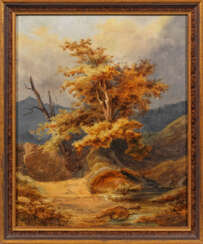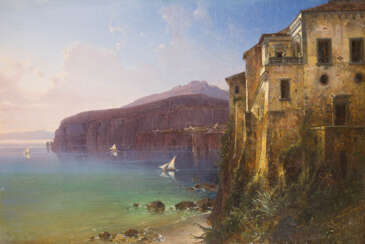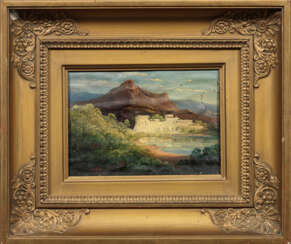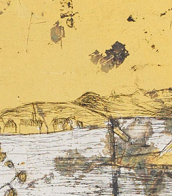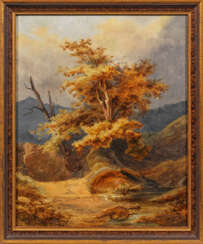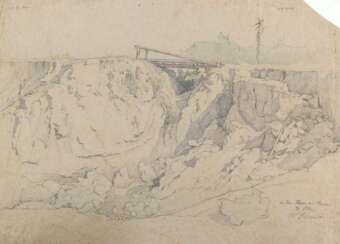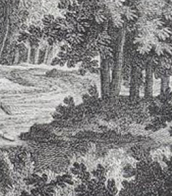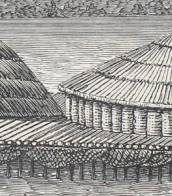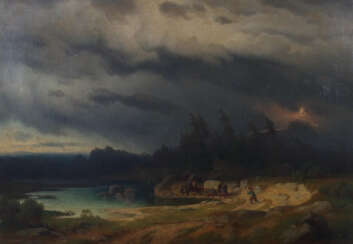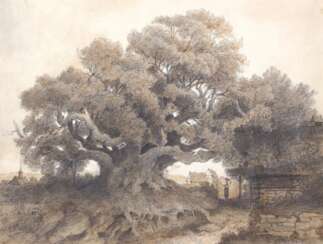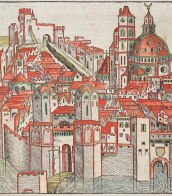wilhelm schirmer (1802 - 1866)
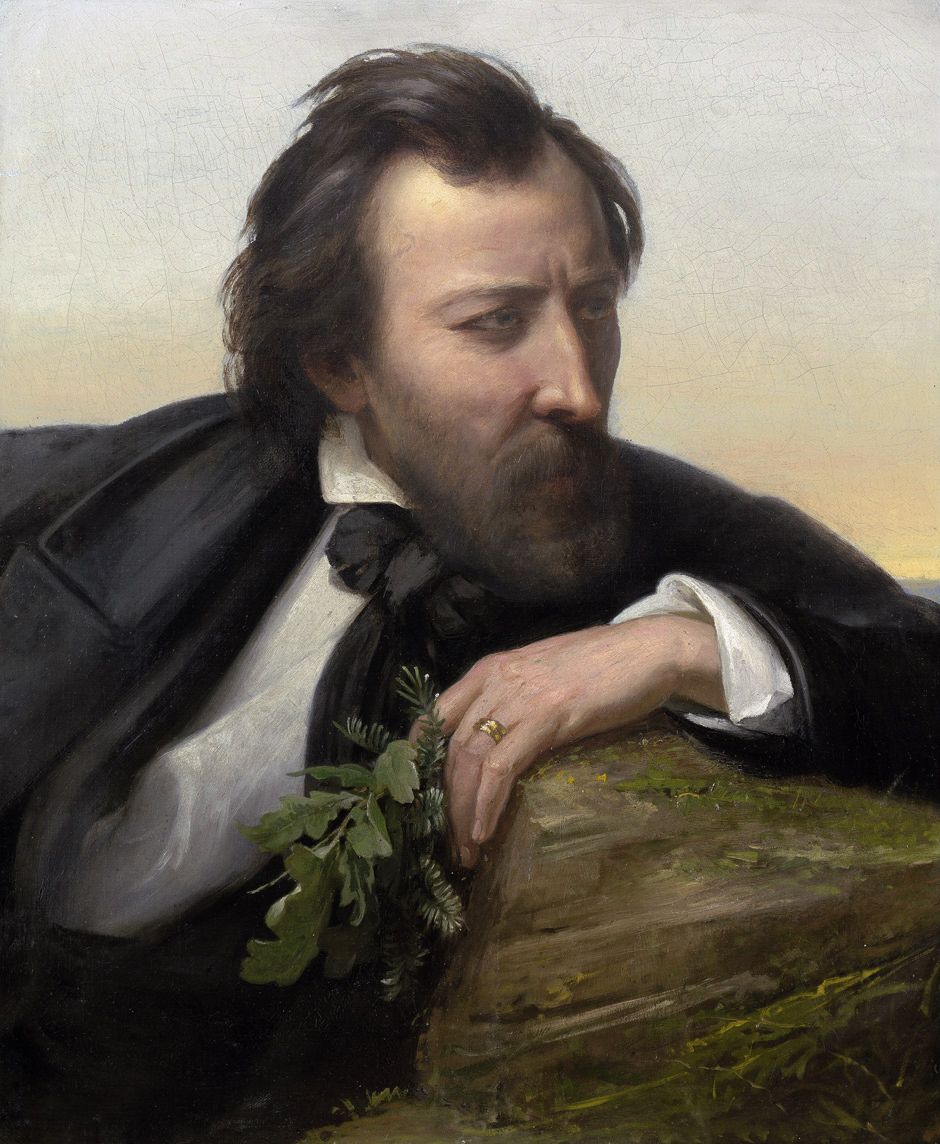
August Wilhelm Ferdinand Schirmer was a notable German landscape artist whose contributions have earned him a distinctive place in art history. Initially painting flowers in a royal porcelain factory, Wilhelm Schirmer's artistic journey led him to the Berlin Academy under the mentorship of Friedrich Wilhelm Schadow. However, it was his time in Italy that profoundly influenced his artistic direction.
Wilhelm Schirmer's Italian sketches transcend mere landscape depiction; they are studied compositions that blend historic and poetic elements, aiming to provide a poetic interpretation of nature. His approach prioritized the conceptual over the technical, focusing on the embodiment of ideas, the interplay of light and color, and the overall harmony within his works. From 1839 to 1865, Wilhelm Schirmer shared his insights as a professor of landscape at the Berlin Academy, shaping future generations of artists.
His works, such as the classic sites and temples he painted on the Berlin Museum of Antiquities' walls, illustrate his endeavor to link art with historical and cultural contexts, adding depth and narrative to his landscapes. Wilhelm Schirmer's legacy is seen in how his art communicates with viewers, emphasizing the 'ideal' and 'subjective' aspects, and creating what German critics have described as 'constructional landscape' with inherent 'motive' and 'inner meaning'.
For art collectors and enthusiasts, understanding Wilhelm Schirmer's unique approach to landscape painting offers valuable insights into the 19th-century art movement and its evolution. His dedication to blending the aesthetic with the intellectual presents a compelling narrative that continues to resonate in the art community.
If you're intrigued by Wilhelm Schirmer's artistic philosophy and wish to stay informed about his works or related art auction events, consider subscribing to updates. This way, you can remain connected to the legacy of a painter who sought to merge the beauty of nature with the richness of human thought and historical context.


August Wilhelm Ferdinand Schirmer was a notable German landscape artist whose contributions have earned him a distinctive place in art history. Initially painting flowers in a royal porcelain factory, Wilhelm Schirmer's artistic journey led him to the Berlin Academy under the mentorship of Friedrich Wilhelm Schadow. However, it was his time in Italy that profoundly influenced his artistic direction.
Wilhelm Schirmer's Italian sketches transcend mere landscape depiction; they are studied compositions that blend historic and poetic elements, aiming to provide a poetic interpretation of nature. His approach prioritized the conceptual over the technical, focusing on the embodiment of ideas, the interplay of light and color, and the overall harmony within his works. From 1839 to 1865, Wilhelm Schirmer shared his insights as a professor of landscape at the Berlin Academy, shaping future generations of artists.
His works, such as the classic sites and temples he painted on the Berlin Museum of Antiquities' walls, illustrate his endeavor to link art with historical and cultural contexts, adding depth and narrative to his landscapes. Wilhelm Schirmer's legacy is seen in how his art communicates with viewers, emphasizing the 'ideal' and 'subjective' aspects, and creating what German critics have described as 'constructional landscape' with inherent 'motive' and 'inner meaning'.
For art collectors and enthusiasts, understanding Wilhelm Schirmer's unique approach to landscape painting offers valuable insights into the 19th-century art movement and its evolution. His dedication to blending the aesthetic with the intellectual presents a compelling narrative that continues to resonate in the art community.
If you're intrigued by Wilhelm Schirmer's artistic philosophy and wish to stay informed about his works or related art auction events, consider subscribing to updates. This way, you can remain connected to the legacy of a painter who sought to merge the beauty of nature with the richness of human thought and historical context.

